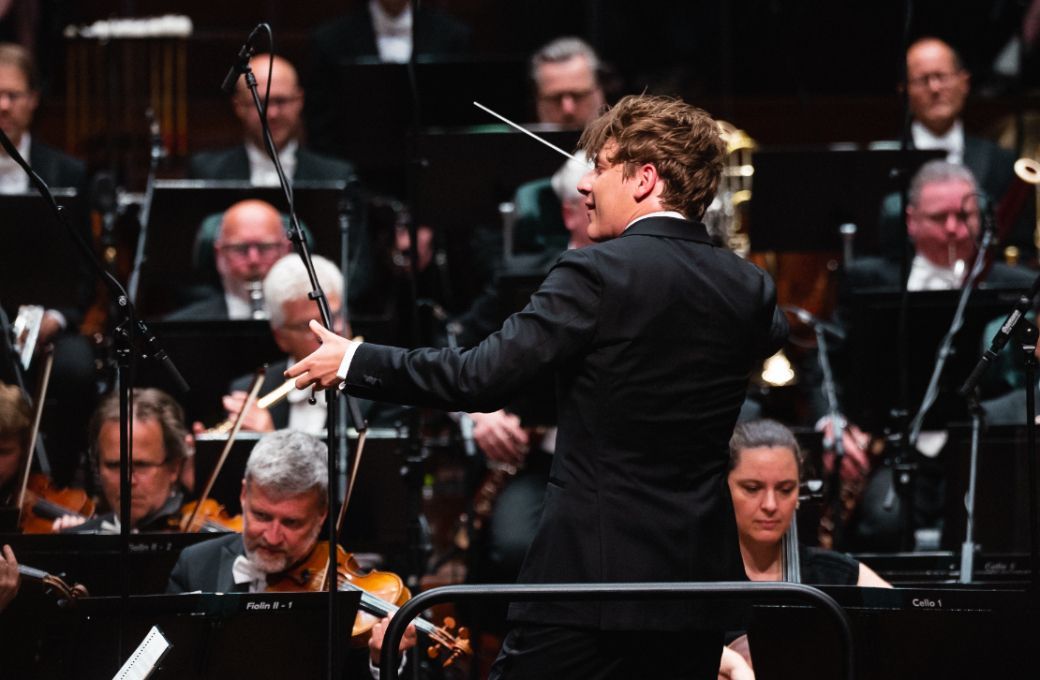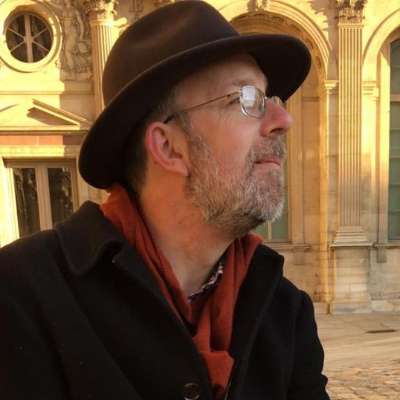A pair of Russian blockbusters and the return of a local hero ensured Klaus Mäkelä and the Oslo Philharmonic closed their season in celebratory – and noisy – style. Rachmaninov’s Third Piano Concerto is always an audience magnet, but especially when the soloist is star Norwegian pianist Leif Ove Andsnes, and Shostakovich’s Fifth is probably the most popular of his symphonies, the “creative response of a Soviet artist to justified criticism” in the composer’s own (carefully chosen) words.

Andsnes gave a big-boned, muscular reading of the concerto. Rach 3 is a crowd-pleaser, but it is less taut than the Second and, in the wrong hands, it can be a bit of a sprawl. Not so here, where pianist and conductor were both keen to maintain impetus, which created good tension. There was no fiddling or fussing over small phrases, Andsnes preferring to keep his sights on Rachmaninov’s larger paragraphs with a fine sense of purpose. The taxing first movement cadenza was robust and dramatic, the Steinway’s powerful sound, occasionally harsh at the top, ringing through the hall even if it did have to compete with the insistent whistle of a rogue hearing aid.
There was no wallowing in the second movement Intermezzo, the orchestral scene-painting introduction ardent, Andsnes’ response crisp and clear. The finale was full of dynamic drive, Mäkelä urging his forces on with the occasional foot stamp. Amid the purposeful mood, there was time to stop and smell the flowers, Andsnes indulging in a wonderful sense of reverie in solo passages, as he did in his Chopin mazurka encore.
The concerto demonstrated the well-documented limitations of the Konserthus. Its acoustics have long been the subject of debate and were arguably one of the reasons that long-standing Music Director Mariss Jansons eventually left his post in frustration. In the Rachmaninov, the woodwinds were often conspicuous by their audible absence. One senses an orchestra that has to fight hard to be heard.
With the piano out of the way, the battle was more open in the Shostakovich, but even here the strings often dominated proceedings. But what a string section! From the opening gestures, the cellos really dug in fiercely, entrenched, determined, backed up with double bass reinforcements at the rear. The opening to the Scherzo-like Allegretto was similarly abrasive, the xylophone shrieking its sardonic interjections.
Mäkelä focused a lot of attention on the Oslo strings and they played with high energy, but also great tenderness in the beautiful elegy that opens the third movement. He built the long crescendo expertly, turning the screw steadily until a sense of desolation returned. It’s always interesting to hear how conductors approach the finale: as triumph or as stoic resignation? Mäkelä pitched it somewhere in between, the repeated string notes at the end – some 252 times! – having a determined, battle-hardened quality, up for the challenge rather than celebrating victory too soon. The massed brass sound was overwhelming here. Mäkelä is no gung-ho leader, but a strategic general, marshalling his troops to cap a gripping account. Happily, microphones were present, so expect to eventually hear the results on disc.
Mark's press trip was funded by the Oslo Philharmonic


